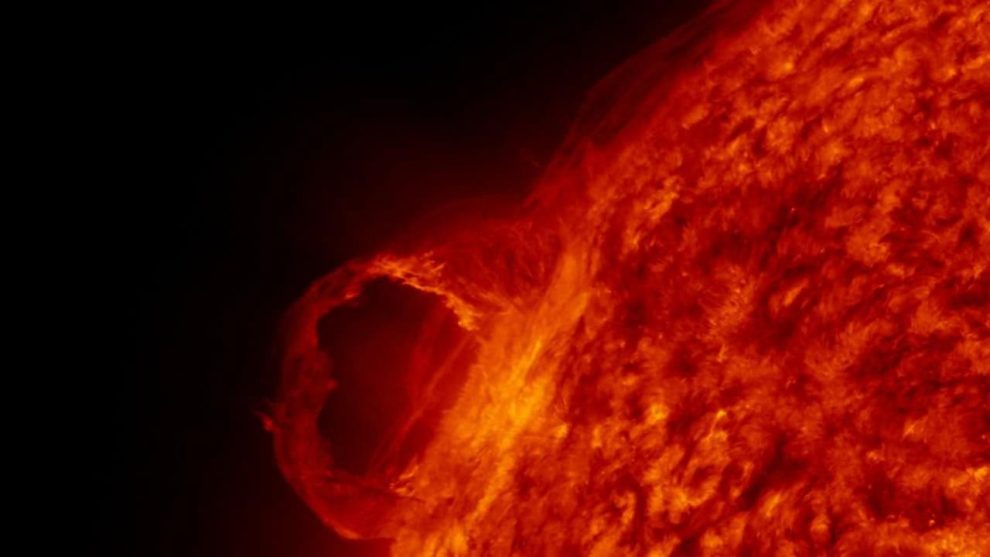Radio blackouts in the Arctic and Antarctic regions are being caused by an ongoing solar storm, as stated by the National Oceanic and Atmospheric Administration (NOAA), CBS News reported.
Arctic and Antarctic could experience radio blackouts for days due to solar storm
This event, known as a “cannibal” coronal mass ejection (CME), originates from the sun. It has the potential to result in prolonged radio blackouts lasting for days.
Arctic and Antarctic might see radio blackouts that could last for days as "cannibal" CME erupts from sun https://t.co/wzrFQNFrAy via @CBSNews @WritingLiYakira
— Pamela Falk CBS News Correspondent United Nations (@PamelaFalk) July 19, 2023
The NOAA has provided some information about what’s been happening in the sky. There’s something called a Polar Cap Absorption (PCA) event going on. This is when radio waves at high and very high frequencies are absorbed in the upper part of the atmosphere called the ionosphere. On the other hand, radio waves at low and very low frequencies are being bounced back at lower heights than usual.
This event started on Monday evening at around 9:15 p.m. ET and is expected to continue until July 19, according to The 1014. The reason behind these radio blackouts is a big cloud of plasma called a CME that came out of the sun. Along with that, there was a strong M5 solar flare. Together, these two events caused a minor solar radiation storm and sent some energetic particles called protons toward Earth.
This solar radiation storm is categorized as an S1 on a scale that goes up to S5. This means it won’t have any biological effects or impact satellite operations. However, it might still cause some radio blackouts specifically in the polar regions.
“PCA events can prevent the ability to communicate via HF radio propagation around the polar regions,” NOAA stated.
A PCA event began the evening of Monday, 17 July, 2023, starting at approximately at 9:30pm EDT. PCA events can prevent the ability to communicate via HF radio propagation around the polar regions and can last for hours to days. Visit https://t.co/YLUbTRMxS6 for the latest info. pic.twitter.com/8E5SSYoFKl
— NOAA Space Weather (@NWSSWPC) July 18, 2023
Recent Solar Flares, Radiation Storms, and the ‘Cannibal’ CME
Not long after announcing an M5.7 flare and CME coming from the same part of the sun, NOAA issued another notice. A satellite detected a moderate solar radiation storm that can cause radio blackouts on the sunlit side of Earth, as stated.
The agency predicts solar flares throughout the week, including the strongest type called X-class flares on Monday and Tuesday.
On Friday, there was a small solar flare and what was described as a “dark eruption” on the sun’s surface. SpaceWeather.com explained it as a spray of dark plasma that flew away from the sun’s southern hemisphere. The next day, a stronger flare occurred.
The CMEs associated with this event are likely to reach us by Tuesday, according to NOAA. As a result, there is a possibility of a mild geomagnetic storm occurring alongside the existing solar radiation storm.
